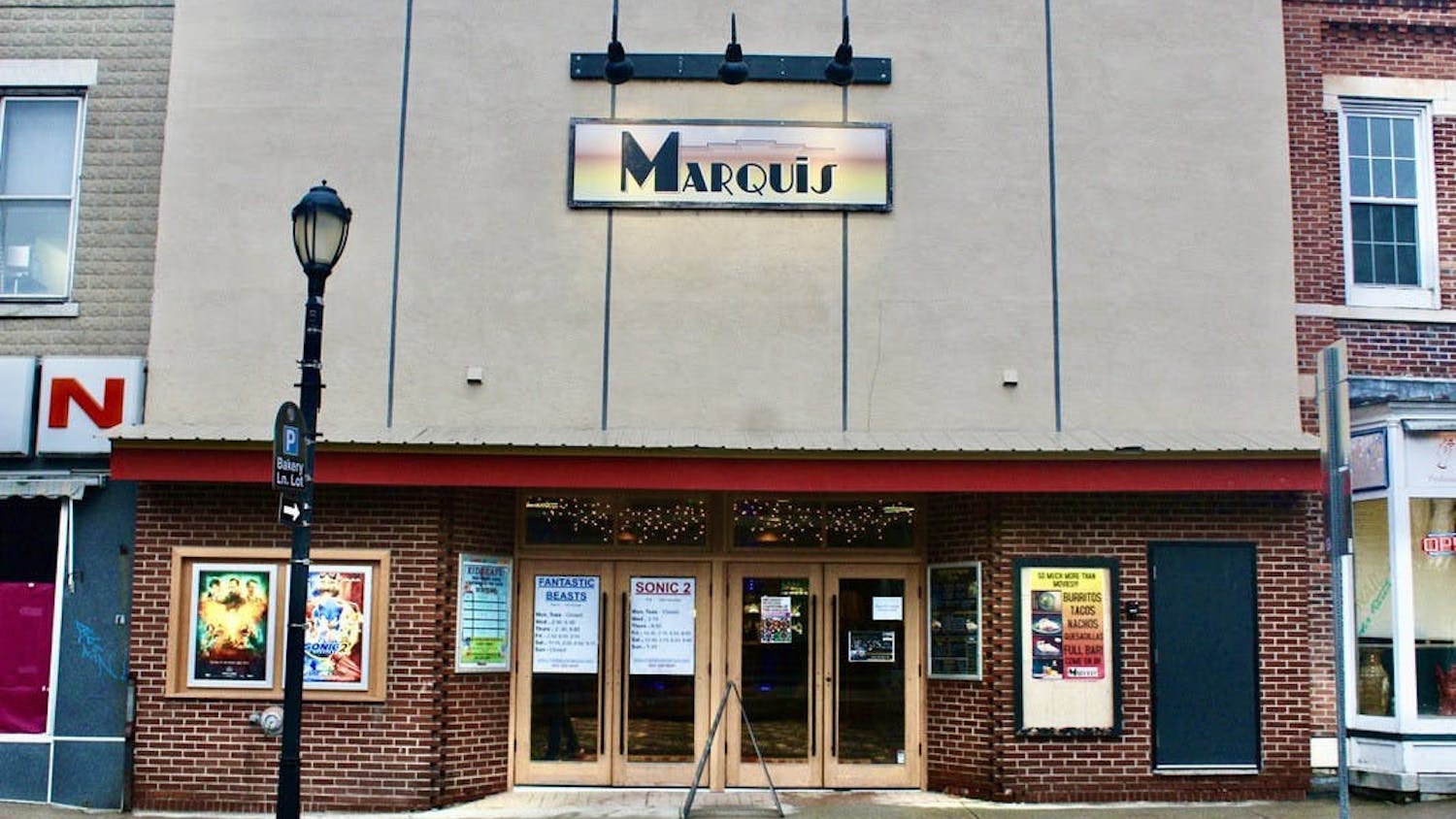Many in the college community are familiar with the Charter House Coalition on North Pleasant Street, a volunteer-based community home that aims to provide food and housing free of charge to those in need. Few, however, are aware that there is a significantly larger subsidized housing facility beyond the village center on the eastern end of town.
The Vermont State Housing Authority’s Middlebury outpost is located among fields, partially obscured by trees. It generally maintains a low profile besides the small sign by the driveway reading “Middlebury Commons — VSHA.” This building is the nearest location of the Vermont State Housing Authority (VSHA), and it is currently at capacity with 126 middle-aged to elderly individuals.
One of the VSHA’s dozens of sites, Middlebury Commons is specifically tasked with providing housing for the low-income, rural elderly. Built with support from the Low Income Housing Tax Credit (LIHTC) program, the facility receives federal funding from the Section 515 Rural Rental Housing Program — a government program authorized as a part of the Housing Act of 1949. The purpose of the Section 515 program is to provide housing to a range of low-income families and elderly people with disabilities in rural regions across the U.S.
As a funded location under the Section 515 Rural Rental Housing Program, the Middlebury Commons is also an eligible location for tenants to receive subsidized rent under the U.S. Department of Agriculture’s Rural Development Assistance Program. Individuals qualify for increasing amounts of rent subsidy depending on what percentage of the Area Median Income (AMI) their income is. Bracketed in 80-percent-of-AMI, 60-percent-of-AMI and 30-percent-of-AMI groupings, the Rural Development Assistance Program gives priority to tenants in the 30-percent-and-below tier.
The most recent Vermont Housing Authority homeless persons count recorded 92 individuals in Addison County. This population, measured in January 2017, is a point-in-time count that does not account for the hundreds of precariously housed individuals in the county. The primary purpose of the VSHA is to, using facilities like Middlebury Commons, provide aid to the homeless and precariously housed of Vermont.
The future of the Middlebury VSHA location is currently in debate. The Trump administration’s Departments of Agriculture and Housing and Urban Development plan to defund the Vermont Housing Authority as well as to eliminate completely the Section 515 Rural Rental Housing Program that allows so many Middlebury Commons tenants to pay their rent.
The revised budget of the Department of Housing and Urban Development reduces overall budget by roughly $6.835 billion. This decrease of nearly 15% means that agencies like the VSHA, which received 93% of its funding from the Department of Housing and Urban Development, will feel the cuts directly.
Kathleen Berk, director of the VSHA Housing Program’s administration, spoke to the impact these cuts may have on the organization.
“We really are dependent on federal funding,” Berk said. “We don’t know the [federal] appropriation process that happens, so there [are] concerns, ... [and] until they pass the budget we just won’t know.”
The problem is not confined to Addison County. Addison County’s immediate neighbors Chittenden County and Rutland County have Vermont’s highest homeless persons counts, according to the VSHA’s 2017 tally. Rutland County, to Addison County’s south, recorded an estimated 183 homeless individuals. To the North, Chittenden County, with Burlington at its center, is estimated to have at least 291 homeless persons.
The VSHA estimates Vermont to have a total homeless population of roughly 1,225. In 2007, at the very outset of the Great Recession, the homeless population was double its current level, comprising an estimated 2,515 individuals. To make matters worse, Vermont had the highest homelessness rate in New England, which, at 3.4 percent of the population, was a full 30 percent higher than the next-highest rate, found in Massachusetts.
In the decade that has elapsed since 2007, homelessness in Vermont has decreased remarkably thanks to programs like the VSHA. Berk explained that these cuts will reduce the VSHA’s ability to mitigate homelessness the way it has.
“It’s money that we really need to operate our programs,” she said.
In the meantime, the VSHA will continue to work to reduce homelessness in Vermont. Where government funding may be lacking, state funding and a strong economy could potentially help to maintain aid while mitigating the issue. Nonetheless, homelessness is likely to grow as a once-under-the-radar issue that, in the near future, will increase in a palpable way.
Federal Cuts Threaten Vt. Homelessness Programs
Comments



